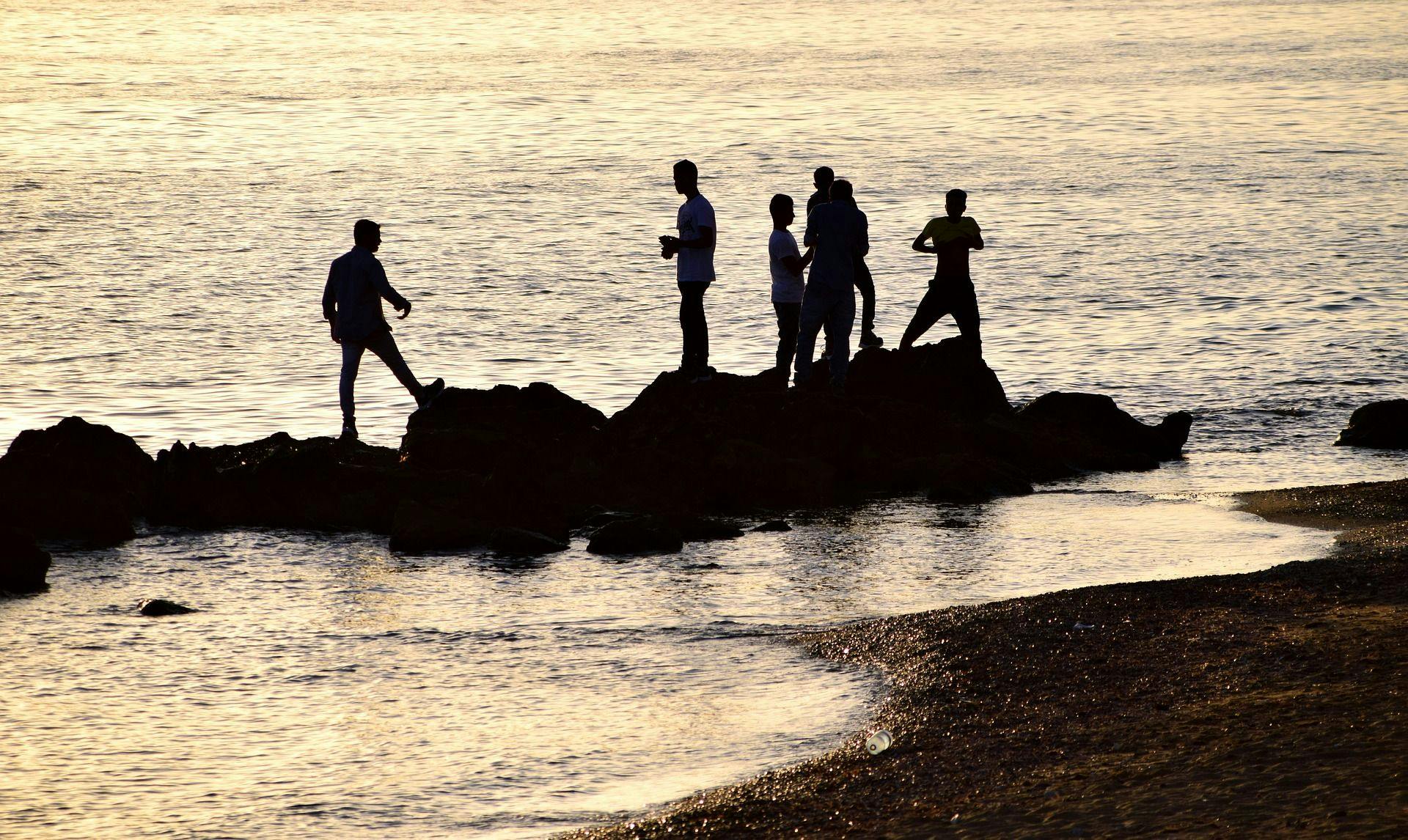Planning to photograph big waves on the North Shore?
Then think long, l o n g e r, l o n g e s t !
Winter in the islands means residents and visitors stand shoulder-to-shoulder to see giant waves at legendary spots like, Banzai Pipeline and Waimea Bay. And when the best of surfing and photography descend upon the waters for the annual Vans Triple Crown of Surfing, the jostling for position on the wave and on the beach tends to be just as intense. And I’m not exaggerating.
Most of the “action” takes place just a couple hundred feet away from shore, and whether you’re shooting big waves or a surf contest, think about scale. Compose the shot so that there is a surfer within the frame. That way, you get full impact of the size of the wave. For surfing, I try to get a shot of the take off (when the surfer is at the top of the wave, just about to drop in). From there, I follow the surfer as he/she rides down the face of the wave. Shots of surfers getting barreled are usually the most impressive ones and also the most difficult to get. A wipeout always makes a great action shot, too.
There is no mistaking the professional photographers because they always have gigantic lenses propped up on tripods. They’re staked out on the sweet spot of the beach, where they can shoot from a good angle. Their goal: get that picture that will end up in a magazine or major newspaper. The lenses they use on high-resolution cameras are at least 400 to 600 mm, and many times, they’ll use a doubler converter, versus a 100 to 200 mm lens (average range for a point and shoot camera).
No matter who is in the front row, one must watch for those rogue waves that sneak up and claim everything in their path. On some beaches, when it gets really wild, it is too dangerous for anyone to be near the shore break. Lifeguards will most likely close off the area in those circumstances.
But if you have a point and shoot with a 10x zoom, then you should be able to get some decent pictures, especially if it’s a sunny day. I would advise anyone with an “ultra-zoom” p&s to use a tripod to avoid any camera shake. Try to shoot in sunshine. The weather changes very quickly here, so sit through the rain and be prepared with a camera cover.
Smartphones have their place in photographing the look of an event. The app SnappyCam Pro is great for capturing high-speed action. But I would advise using the video function instead.
Another viable option for the traveling photographer would be to rent a long lens or camera from a local company. There are several on Oahu, one of which has locations on Maui and the Big Island. Last year, I went to Maui for a whale watching tour and ended up renting the 70 to 300 mm lens for $70 a week ($30 a day). That allowed me to get those once-in-a-lifetime shots. Definitely worthwhile for me and surely for the far-away traveler.




